1. DISCARD ALL UNNECESSARY ITEMS.
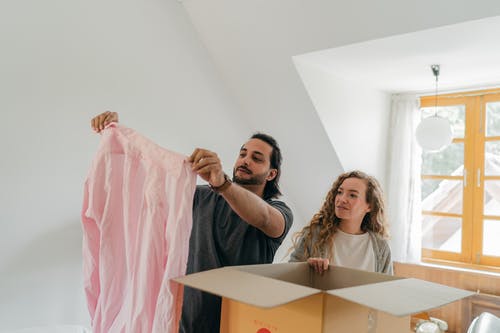
Before you start packing, it is crucial to determine what is worth moving and what is not. The more items you sell, donate, recycle, or discard, the less time for packing will be needed.
Also, fewer things mean you will save money on movers. Also, dedicate a no moving area in your apartment or a house, so movers can see what is not going to a new place. To save your time, you may also ask the same moving company for junk removal because many companies offer a promotion for a bundle of services.
It is also a good idea to declutter everything to a stage when all large furniture can be taken straight ahead without moving all smaller boxes and bags. Movers will spend less time organizing and will be focused on the moving process, so you will save money due to that
2. USE PROPER PACKING SUPPLIES.
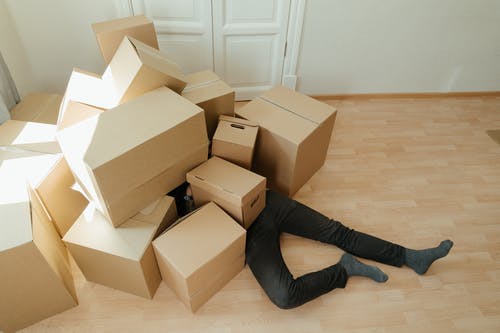
If you need boxes for packing, invest in new ones because some used grocery boxes might break easily and also similar-size ones will save a lot of time for loading a truck. Clothes can go into plastic garbage bags, so just make a hole for hangers, and they can be carried easier.
Some kitchen stuff such as canned food, dishes, utensils can go in either boxes or totes but do not put them in large ones because they will be too heavy to be lifted by one person. You should buy specialized plastic bags for mattresses, preferably heavy-duty ones that do not tear apart easily.
3. REMEMBER ABOUT WEIGHT DISTRIBUTION.
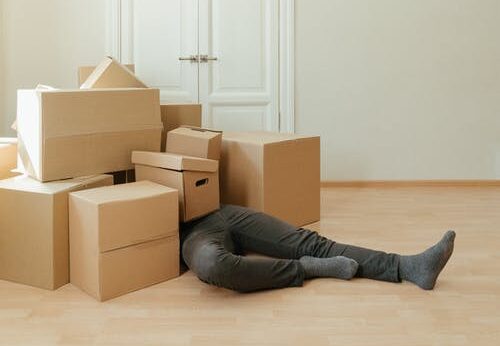
The heaviest items need to go to the bottom of a box, and the top can be filled with fabric, paper, or filling foam that can hold some weight, so these boxes can be stacked. Also, place heavy items in smaller boxes and light things in bigger crates, so they have similar weight, and everything can be moved efficiently.
The heaviest items need to go to the bottom of a box, and the top can be filled with fabric, paper, or filling foam that can hold some weight, so these boxes can be stacked. Also, place heavy items in smaller boxes and light things in bigger crates, so they have similar weight, and everything can be moved efficiently.
4. LEAVE NO GAPS.
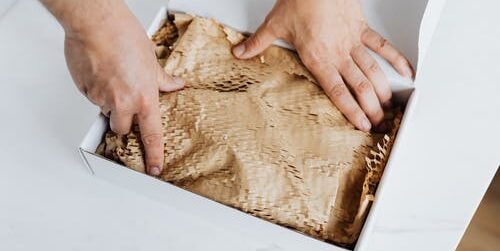
Do not leave any space in the boxes, so you can place at least one more box put on top of another. Placing too much stuff in one big box can cause it to break, and all your valuable will fall around and can be damaged too, so a reasonable weight limit for a box is 50-60 lbs.
If you wish not to spend time filling gaps, you can use plastic totes and containers for small and average size breakable items.
5. LABEL AND TAPE BOXES.
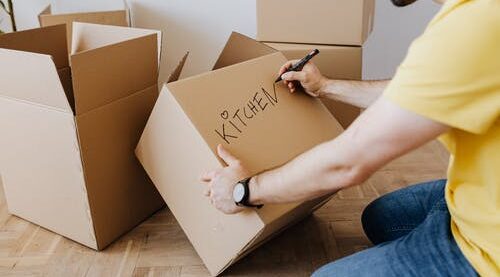
Please label boxes using colour codes and the names of the rooms, to which they belong to make sorting easier for you and movers.
Do not mix the content of multiple rooms in one box because you will spend too much time to sort everything later. Tape boxes properly on the bottom and top and make sure the tape can hold everything inside this box.
Do not overfill boxes that cannot be closed without bending the cardboard and avoid leaving boxes open with a lot of things outside the box itself.
6. WRAP EACH FRAGILE ITEM SEPARATELY.
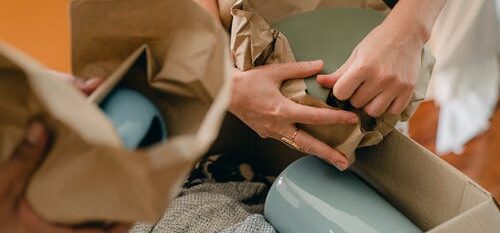
Wrap fragile items such as dishes and glasses using special paper, bubble wrap, or foam one by one and place them in an average-size box or smaller because a large box would be too heavy to be lifted by one person.
Place a piece of wrap between small pictures or glass photo frames, stack them, and wrap them all with a bigger blanket.
7. PACK SPECIAL ITEMS LAST.
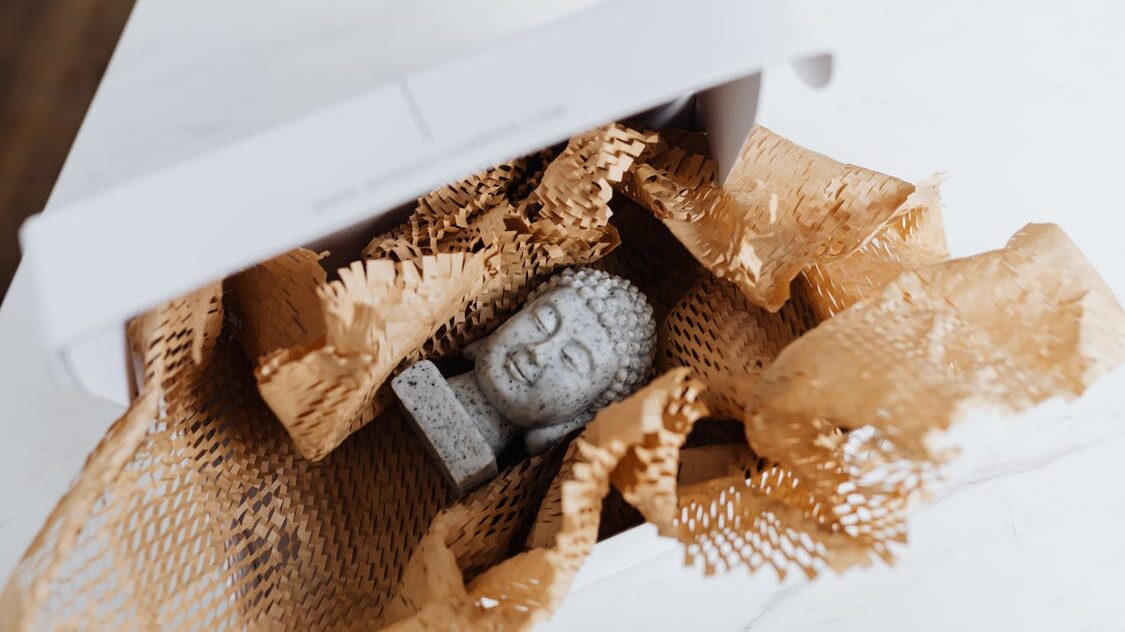
Pack special items in the end, so you can think about how you need to pack standing lamps, artificial and real plants, paintings, large mirrors, TVs, appliances. Lamps need to be disassembled so lampshades can be stacked and put in boxes, and multiple stands can be tied together. Plants should be loaded last to reduce the stress of changing temperature and lighting, and they should be put in a large box with a lot of packing filler around. Most flat but breakable items should be wrapped with blankets. The best way to pack TVs and small appliances is by putting them in their original box. Do not forget to seal bottles and jars with liquids and also bags and containers with loose parts so nothing can spill out.
8. WRAP FURNITURE PIECES.
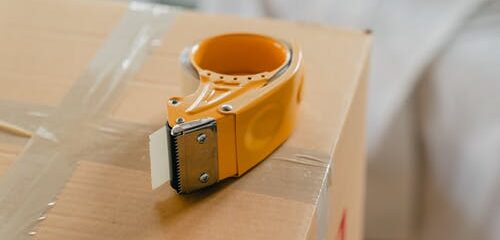
When you assemble furniture, you do not want to find out that you are missing a few main bolts for your bed because you forgot them at your old house. Put all screws and small furniture pieces that can be easily lost in a zip bag and keep them separately or tie them together with main furniture pieces.
Tie some parts of your furniture such as table legs or bed slats, so they can be carried all at once and not separately. You can also wrap the drawers and handles, so they will not open while being carried.
9.USE SURROUNDING ITEMS FOR PACKING.
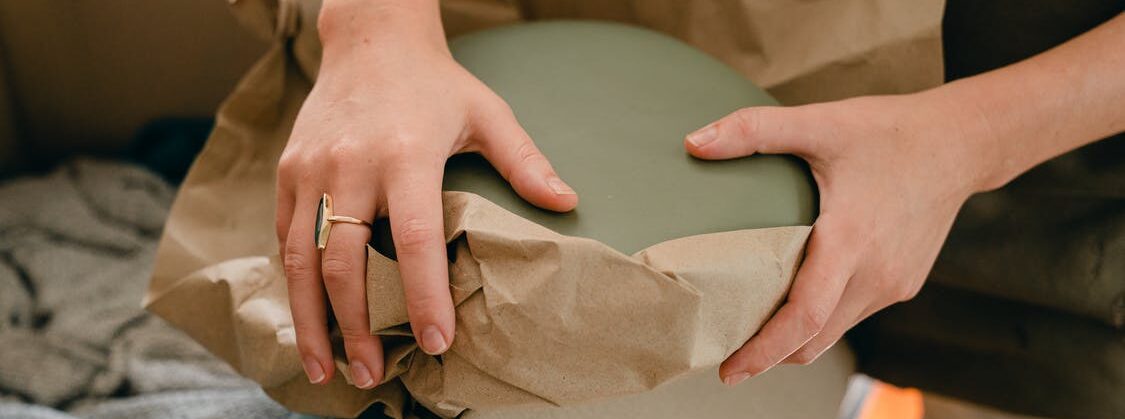
You can use your laundry baskets, empty suitcases to carry your belongings. Your carpets, blankets, towels, or any old clothes can be utilized as wrapping materials for glass, ceramic dishes, mirrors, and photo frames with glass cover.
In this case, you can save on blankets and can put these items in storage as well.
10. EMPTY DRAWERS OR REMOVE THEM.
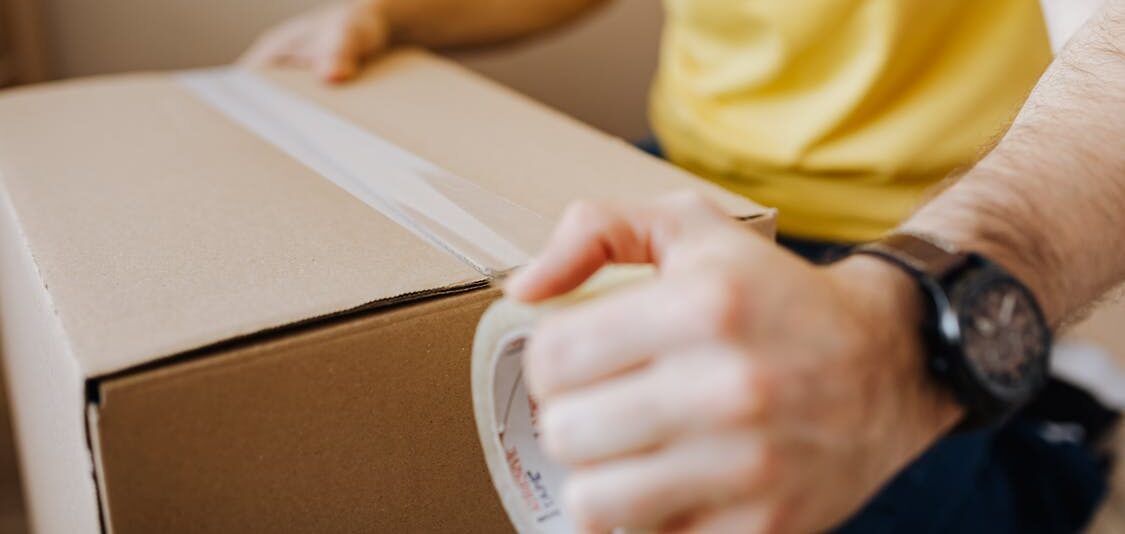
You can either empty everything of drawers and put everything in boxes and bags or simply remove the drawers and wrap each with plastic wrap to prevent your stuff from falling out.
This way, for example, movers can carry even a heavy solid wood dresser. In the case of fridges and freezers, remove all food and drinks at the last minute, so they do not spoil, or do that in advance if you have a portable cooler.
If you feel unsure about packing everything, do not have enough time for that, or wish to receive high-quality services, consider hiring professional movers who will do all the work for you. One of the indicators of a reputable company is that they offer not just a truck, but a full service, and can disassemble, assemble, pack, and wrap everything to make your move safe and hassle-free. They will also pack everything faster and more efficiently because they will apply their experience in moving the most awkward and unique things people ever have.